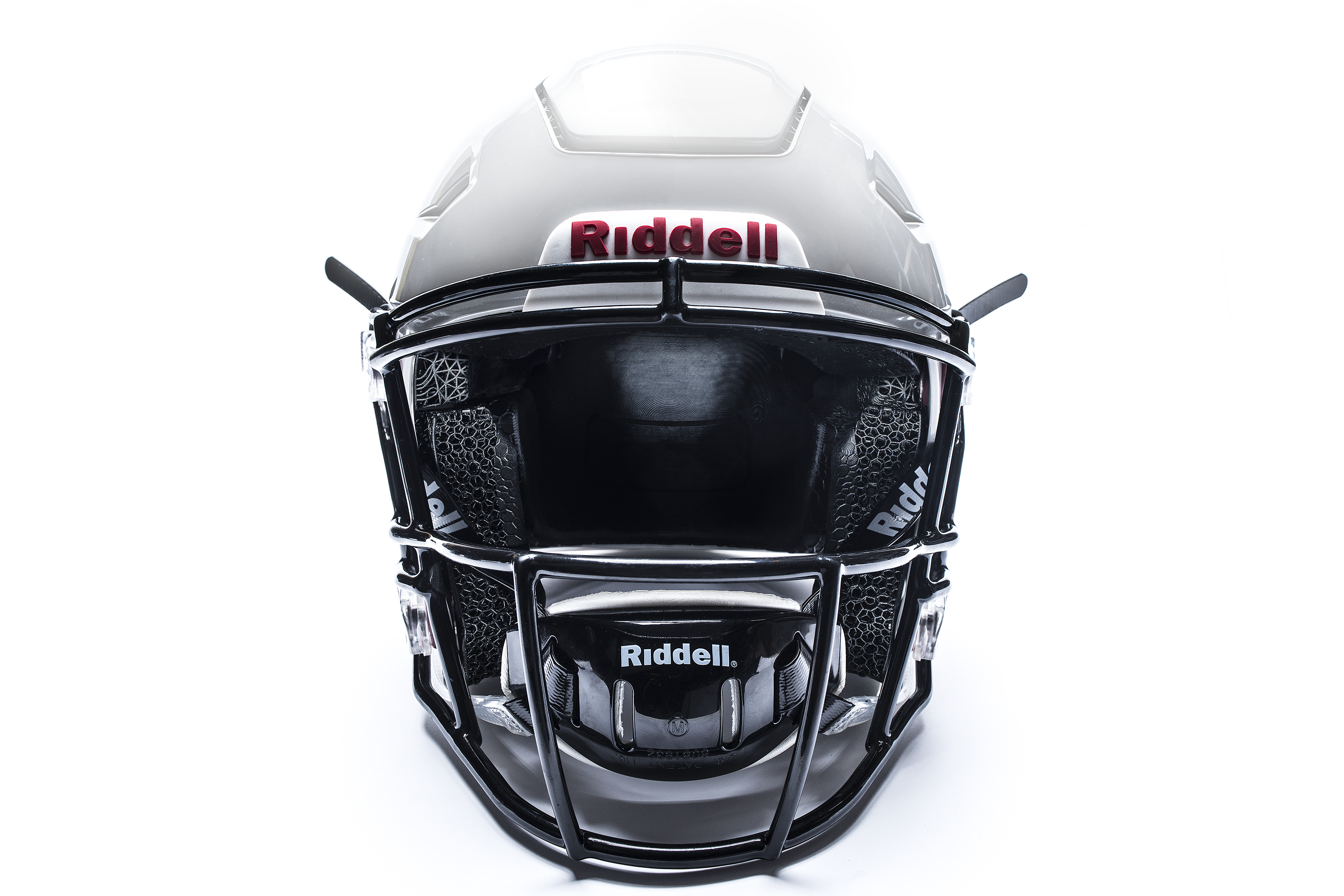Webinar Date and Time: Thursday, February 21, 9:00 AM EST (14:00UTC)
Register here
In the past, marine design with CFD was expensive, required the expertise of a specialist, and wasn’t practical on ordinary engineering computers. Now Orca3D Marine CFD has changed that. They have coupled the power and ease-of-use of Rhino, Orca3D, and Simerics MP with specially designed templates allowing naval architects to easily and affordably analyze the hydrodynamic performance of displacement and planing hull designs with confidence in the results. Both monohulls and multihulls can be explored. And the effects of local design features including steps, spray rails, lifting strakes, flaps, trim tabs, foils, and other appendages can be investigated with high fidelity. With Orca3D Marine CFD, it takes only minutes to set up and start an analysis, and it is practical to run on ordinary engineering laptops or desktops.
Previous webinars have presented the process of going from a hull model in Rhino/Orca3D to a completed CFD analysis. (
View the recording.) This next webinar will begin with a brief overview of that process and a presentation of benchmarks, as well as highlighting recent functionality and speed improvements to the software. Then we will move on to focus on how CFD can be used not only to analyze a design but also improve it. Presenters will include our experts as well as a customer who will discuss his real-world experience with Orca3D Marine CFD. After a Q&A session, we will present the very affordable pricing options, and the steps to follow to get a free 30-day evaluation of the software, including technical support.
Register here. The webinar will be recorded, and if you register you will receive a link to the recording, even if you are unable to attend.




















